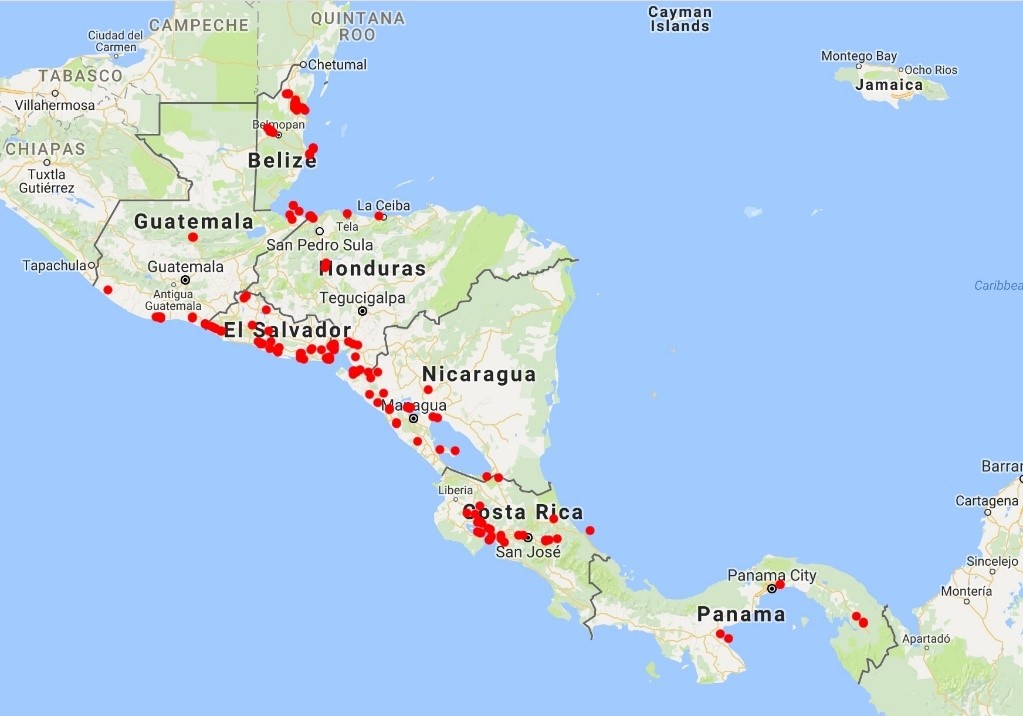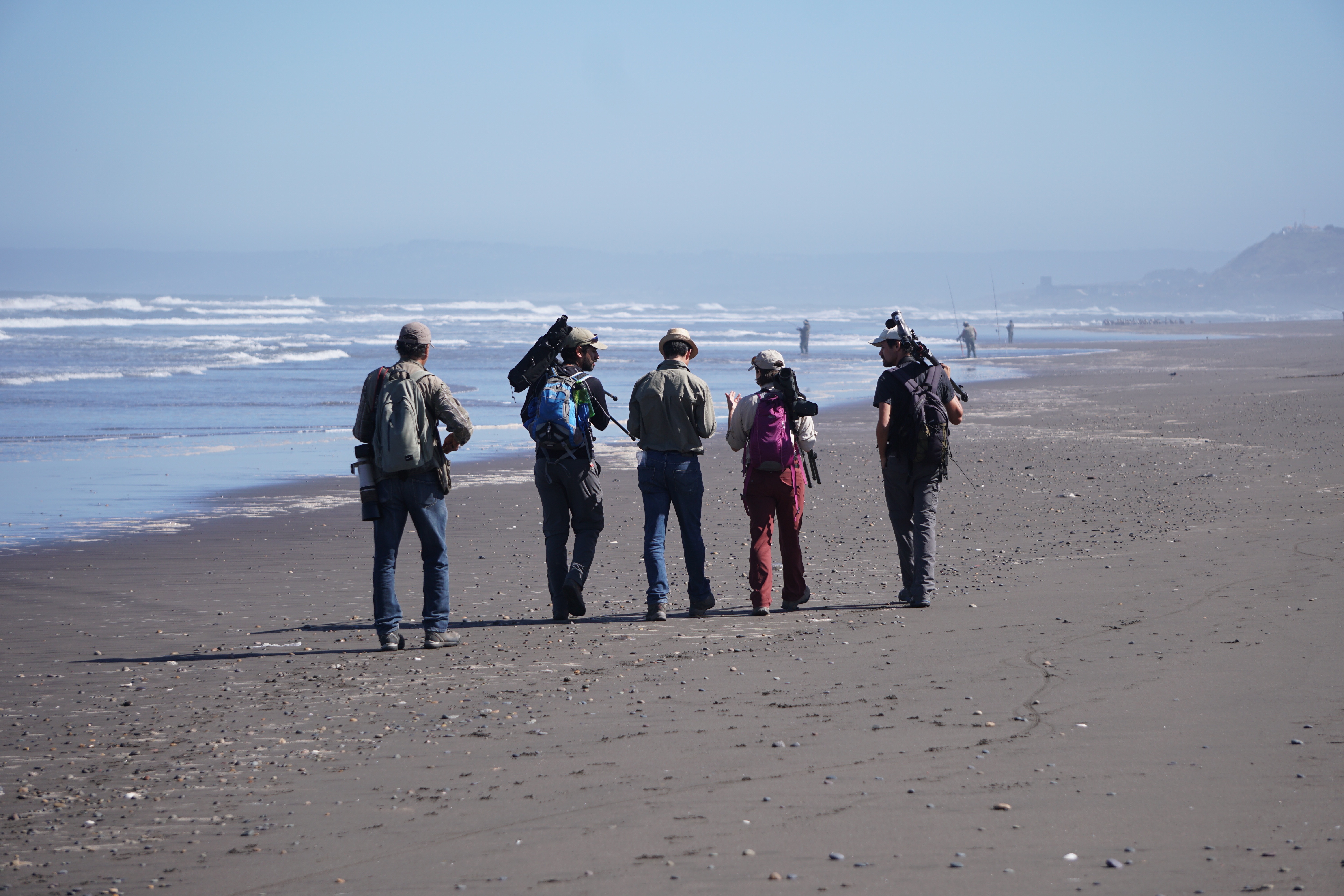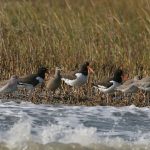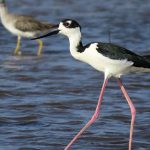Understanding shorebird distribution, abundance and the identification of potential WHSRN sites is mostly based on count data gathered by numerous volunteers participating in a variety of monitoring initiatives. Whereas in North America there are several monitoring initiatives with a long history and large network of volunteers, in Latin America existing monitoring initiatives are gaining coverage at a slower pace. Nonetheless, interest is growing and the importance of monitoring birds is more and more acknowledged.
Some of the main monitoring programs in Latin America are the Neotropical Waterbird Census (NWC), the Caribbean Waterbird Census (CWC) and the Central American Waterbird Census (CAWC), all sister programs of Wetlands International’s International Waterbird Census (IWC) established in Europe in the late 1960s. The International Shorebird Survey (ISS), a volunteer-based initiative launched by Manomet in 1974, has also been implemented in Latin America, and is currently working towards increasing its coverage through collaboration with the other existing monitoring programs.
The WHSRN executive office has coordinated the Central American Waterbird Census (CAWC) since 2017. It was founded in 2011 by the Waterbird Conservation Council in coordination with Wetlands International and BirdLife International. It has gradually been growing in significance ever since, both in terms of the sites and species surveyed and the number of volunteer participants across the seven countries.

Map of survey sites from the 2017 CAWC. For more information about the CAWC, click the link below!
The main objectives of the CAWC are to promote knowledge, appreciation and conservation of waterbirds in Central America; to generate data as a basis for waterbird population estimates, trends and seasonal fluctuations of species; to identify, monitor and promote sites that qualify as wetlands of importance to waterbirds, and to provide information for key decision makers. The census is generally carried out in January-February each year; however, participants are encouraged to implement a second count in July.
During the census in January-February 2017 a total of 150 volunteers from all seven countries of Central America participated. A total of 152 sites and sub-sites were visited and a total of 229,241 waterbirds were counted, comprising 111 species. The importance of the CAWC for shorebird monitoring is clear as of the 229,241 waterbirds recorded in 2017, approximately 35% are shorebirds –the vast majority being Nearctic migrants.

Interested in volunteering for the CAWC? Follow the link below to contact the national coordinator in your country! Photo: Maina Handmaker.
Between 15 January and 15 February 2018, volunteers in all seven countries of Central America will be in the field again counting shorebirds and waterbirds in general. If you haven’t joined yet but would like to be a volunteer, please follow these links and contact the national coordinator in your country!
Link to contacts: https://www.wetlands.org/our-network/iwc-coordinators/
Link to CAWC info: https://lac.wetlands.org/nuestro-enfoque/humedales-y-naturaleza-saludables/censo-centroamericano-de-aves-acuaticas/






